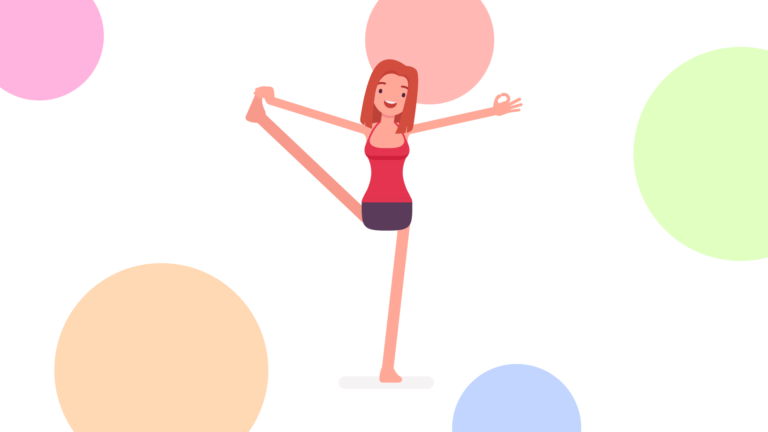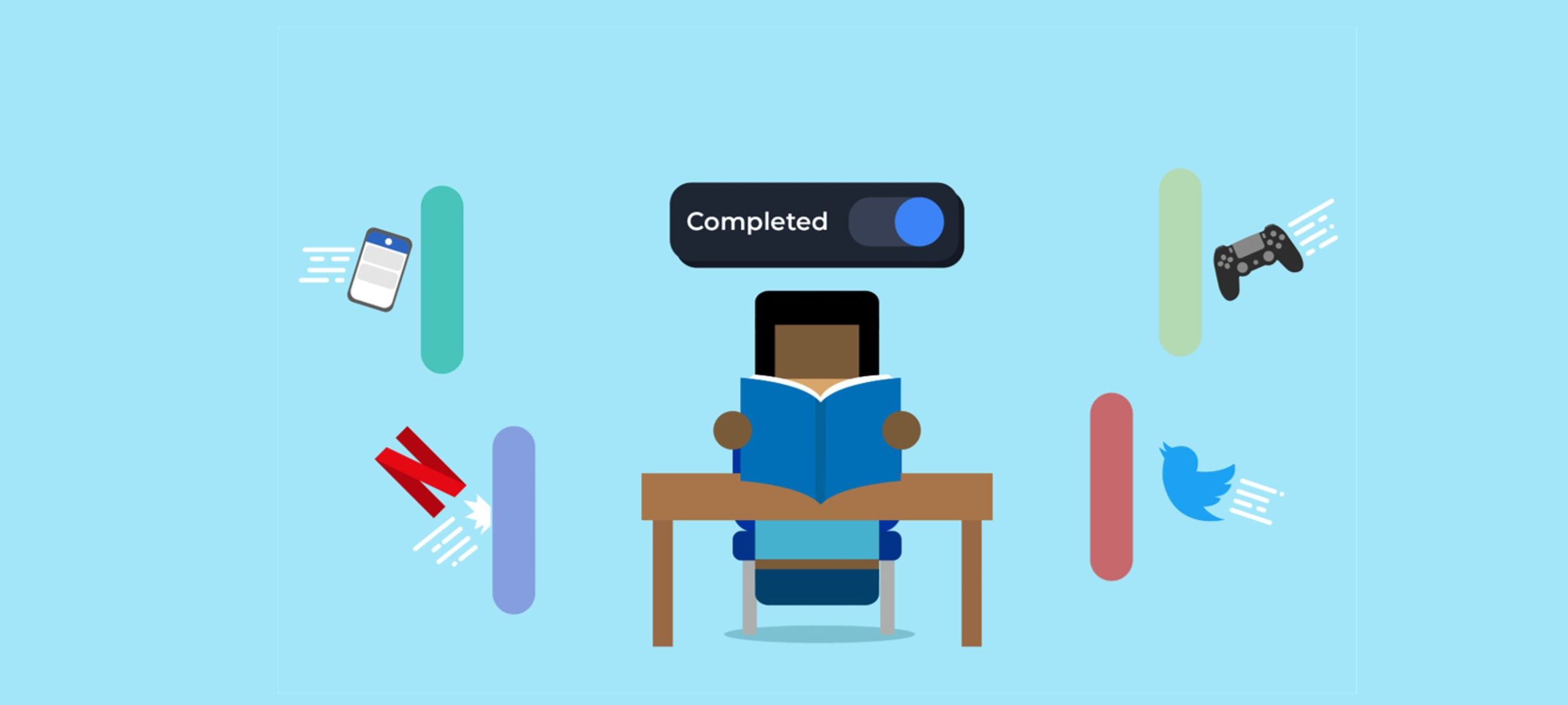“A problem shared is a problem halved”. Three techniques that are driving positive conversations about mental health in 2021.
Congratulations! You have made it to the end of January. It’s no secret January can be one of the toughest months of the year when it comes to mental health. On top of its usual challenges, January this year was like no other due to the global pandemic. With this in mind I wanted to look at the positives out there, so I have been looking at innovative resources that are available to support people’s mental health.
As I was researching this topic one thing stood out. The main concept across the three resources I discovered was to get people talking about mental health. Dr Adrian James, the president of the Royal College of Psychiatrists, has recently been reported as saying the coronavirus crisis poses the greatest threat to mental health since the second world war. Therefore, now more than ever it is important people don’t suffer in silence and know mental health is not a taboo subject. In a survey conducted by Time to Change, 61% of people asked said mental health stigma and discrimination is as worse as the problem itself. The pandemic has brought a new reality that we are all experiencing together. It’s created a sense of comradery which people are drawing on to discuss mental health. It’s important though that we don’t lose this post-Covid and still encourage conversations around mental health. Let me know via the comments at the end of this blog of any other mental health initiatives you’ve discovered that you think should be on the list below.
1. Nationwide awareness campaigns to get people talking
There are several mental health national days and weeks that run throughout the year such as Mental Health Awareness Week (18th – 24th May), National Suicide Prevention Day (10th September) and World Mental Health Awareness Day (10th October). The most recent mental health national day, Time to Talk Day, takes place next week (4th February) and aims to get people talking about mental health. During the run up to and on Time to Talk Day last year 2.26 million people talked about their mental health more than they usually would.
Time to Talk Day is about encouraging people to let someone know you’re listening, creating space to share openly, and being there for someone who may be struggling with their mental health.
Thanks to technology, even though we may be in lockdown, we can still take part in Time to Talk Day. This year they have created a card game, which aims to help open up the conversation around mental health. The cards contain different questions which one person reads out. Everyone else then guesses which answer the reader would choose. Their choice is then revealed and everyone discusses what was chosen and why. By having more than one scenario a conversation is more likely to occur as there are more options to discuss. You can download the cards here.

Mental health problems aren’t going to go away once the pandemic is over. Statistically, 1 in 4 of us will experience a mental health problem in any given year. The amount of people with common mental health problems went up by 20% between 1993 to 2014, in both men and women. To tackle mental health problems, we need to talk about mental health and listen to those conversations when they take place.
2. Social media entertainment that starts a trending conversation
Actor, comedian and mental health advocate, Joe Tracini, first piqued my interest during the first lockdown thanks to his flamboyant dance routines that he posted on Twitter (more on those later). However, he has been using his platform for a few years to open up and discuss his Borderline Personality Disorder and the effect this has on his mental health. Joe’s philosophy being; “if you feel alone tell somebody how you feel, and then you won’t be.” Joe has also often been educational with his humour, posting split screen videos where one half shows him and the other half shows his Borderline Personality Disorder. As someone who did not have much knowledge of Borderline Personality Disorder, I found these videos very powerful and interesting. They use humour to provide an insight into what Joe, and many others, are experiencing.
When lockdown started Joe decided to share his love of dance with the world to give him, and us, something else to concentrate on. Joe donned a sparkly leotard and talked his followers through unique dance moves such as ‘beef toe right’, ‘half eaten lobster’ and ‘bag for life’ (you need to see to understand – click to watch). These videos soon went viral and saw Joe appear on Good Morning Britain and even The Morning Show in Australia. Joe then used these platforms to encourage more people to open up about their mental health.

In July it was reported that Twitter’s daily use numbers had jumped 24 percent since the start of the pandemic, while Facebook’s numbers were up 27 percent, making social media the perfect tool for starting conversations about mental health. However, if you find yourself doomscrolling, (consuming a large quantity of negative online news at once) why not put your phone down and bust out a ‘beef toe right’ or a ‘half eaten lobster’?
3. Digital learning resources that help build courage to talk
I don’t know about you but my phone is littered with apps. If I can’t be bothered to cook, I’ll open Deliveroo. When I’ve gone for a run, I’ll look at Strava to see how I’ve performed and when I’m in need of a pick me up I’ll log in to TikTok. While I was researching this blog I came across a mental health app called Woebot.
Woebot is an app which features an interesting concept that uses an AI therapy chatbot. It’s designed to help you monitor your mood using conversation.
Messenger apps are being used more than phone calls or text messages as a way of having conversations. In 2019 there were 65 billion WhatsApp messages being sent daily. It therefore makes sense that Woebot is set up just like messenger apps such as Facebook Messenger or WhatsApp. I’m sure this familiarity would appeal to a generation that has grown up with the internet. Within seconds of it downloading I was talking to Woebot and gaining an insight into my mental health and because it felt familiar straight away, I was not left wondering what different buttons or menus do.
The app’s main function is to start conversations around mental health. One user said that they often use Woebot as ‘practice’ for talking to her friends and family about issues that might be affecting her. This idea of learning about yourself to gain courage to open up is something our team has built into the development of Learning Labs Plus. Our inhouse mental wellness tool (coming soon) is designed to empower people with knowledge around mental wellness. People can use our e-learning portal to learn about the subject of mental health, regularly assess their own mental wellness, take positive action to develop their mental wellness and then even share their account with a mentor to help guide their learning journey.
I don’t know about you but my phone is littered with apps. If I can’t be bothered to cook, I’ll open Deliveroo. When I’ve gone for a run, I’ll look at Strava to see how I’ve performed and when I’m in need of a pick me up I’ll log in to TikTok. While I was researching this blog I came across a mental health app called Woebot.
Woebot is an app which features an interesting concept that uses an AI therapy chatbot. It’s designed to help you monitor your mood using conversation.
Messenger apps are being used more than phone calls or text messages as a way of having conversations. In 2019 there were 65 billion WhatsApp messages being sent daily. It therefore makes sense that Woebot is set up just like messenger apps such as Facebook Messenger or WhatsApp. I’m sure this familiarity would appeal to a generation that has grown up with the internet. Within seconds of it downloading I was talking to Woebot and gaining an insight into my mental health and because it felt familiar straight away, I was not left wondering what different buttons or menus do.
The app’s main function is to start conversations around mental health. One user said that they often use Woebot as ‘practice’ for talking to her friends and family about issues that might be affecting her. This idea of learning about yourself to gain courage to open up is something our team has built into the development of Learning Labs Plus. Our inhouse mental wellness tool (coming soon) is designed to empower people with knowledge around mental wellness. People can use our e-learning portal to learn about the subject of mental health, regularly assess their own mental wellness, take positive action to develop their mental wellness and then even share their account with a mentor to help guide their learning journey.

Technology today can help us understand more about ourselves, which sometimes is the first step to being able to share that with someone else.
Let’s talk
In the spirit of this blog I’d love to start a conversation around mental health. Let me know in the comments if you have experience with any of the above (I’d particularly like to hear if you have tried one of Joe’s dance routines!) Do you feel you’ve had more conversations around mental health over the past few months or have you not noticed a difference? Either way I’d be interested to hear your thoughts. Watch this space as we will be talking more about supporting mental wellness in the coming months when Learning Labs Plus is officially launched.
I’d like to end with a quote from Joe Tracini which I think everyone could benefit from weather you’re reading this after living through January during a global pandemic or sat at your desk in a busy office in a post-Covid world.
“I always try to find laughter. Even at the moment, with everything that’s happening, I’m looking for laughter. Right now, laughter is playing hide and seek with us. It’s everywhere, so turn around, count to ten, open your eyes and start looking.”
Other blog articles











